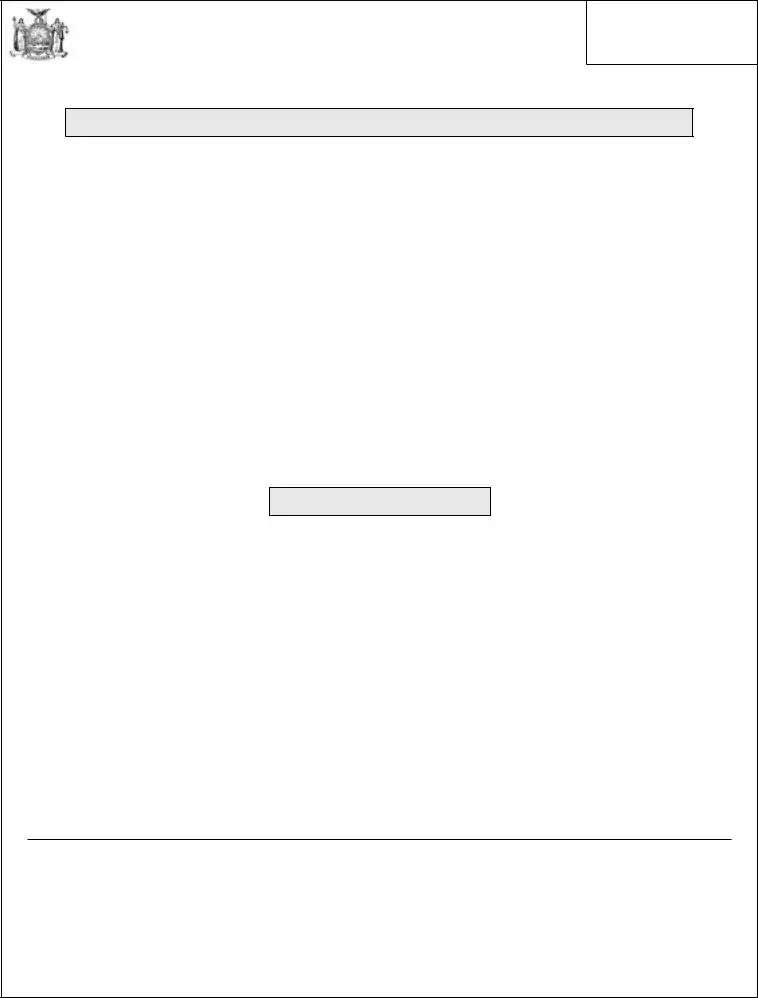The New York HHW-1 form, designed for tenants to report failures to provide adequate heat and/or hot water, shares similarities with various other types of legal documents. One such document is a Tenant's Complaint of Rent Overcharge form. Both require tenants to provide detailed personal and property information, outline specific complaints against landlords, and necessitate official submissions to a governing body or a regulatory agency, in this case, the Division of Housing and Community Renewal (DHCR) for the HHW-1 form. The attention to detail ensures that the regulatory agency can take appropriate action based on the evidence and statements provided by the tenant.
Another comparable document is the Notice to Repair form, which tenants use to formally notify their landlords of repairs needed within their rental units. Like the HHW-1 form, this notice requires tenants to describe the issue in detail, although the HHW-1 form specifically addresses heat and hot water issues. Both documents serve as official records that a request for remedy has been made, which can be crucial in any subsequent legal proceedings or disputes.
A Lease Agreement also shares similarities with the HHW-1 form as it contains specific details about the rental arrangement, including the parties involved, the address of the rental property, and terms and conditions of the lease, much like the general information section required on the HHW-1. However, the leverages of each document differ, with the Lease Agreement outlining the terms of occupancy and the HHW-1 form being a tool for tenants to seek remedy for specific issues.
Moreover, the Application for Public Housing is another document that, like the HHW-1, collects detailed personal information, along with housing preferences and needs. While one is an application to enter a housing program and the other is a complaint form, both require thorough documentation of the applicant's or tenant's current housing situation and necessitate processing by housing authorities.
The Rent Freeze Program Application for Seniors (SCRIE) or Disabled Individuals (DRIE) is similarly aligned with the HHW-1 form in that it requires participants to provide detailed information about their housing situation, including proof of residency and income verification. Both forms are integral to securing rights and benefits within New York's housing system, focusing on the protection and support of tenants.
The Mold Complaint Form is specifically targeted toward reporting mold issues within rental properties but parallels the HHH-1 form in its function as a complaint submission to a regulatory authority. Much like the HHW-1, tenants must provide a detailed account of the problem, accompanied by any available evidence, to seek resolution from the landlord or housing authority.
Lastly, the Petition for Administrative Review (PAR) is a document that tenants can file to contest decisions made by the DHCR, such as rent adjustments or service classifications. Similar to filing the HHW-1 form, the PAR process requires a detailed presentation of the tenant's situation and arguments against the DH services, utilities, or contract terms affected by DHCR's decisions.
While each of these documents serves different purposes within the New York housing and legal framework, they share the commonalities of requiring detailed documentation, serving as official communications between tenants and authorities or landlords, and being vital tools in securing tenant rights and remedies.

